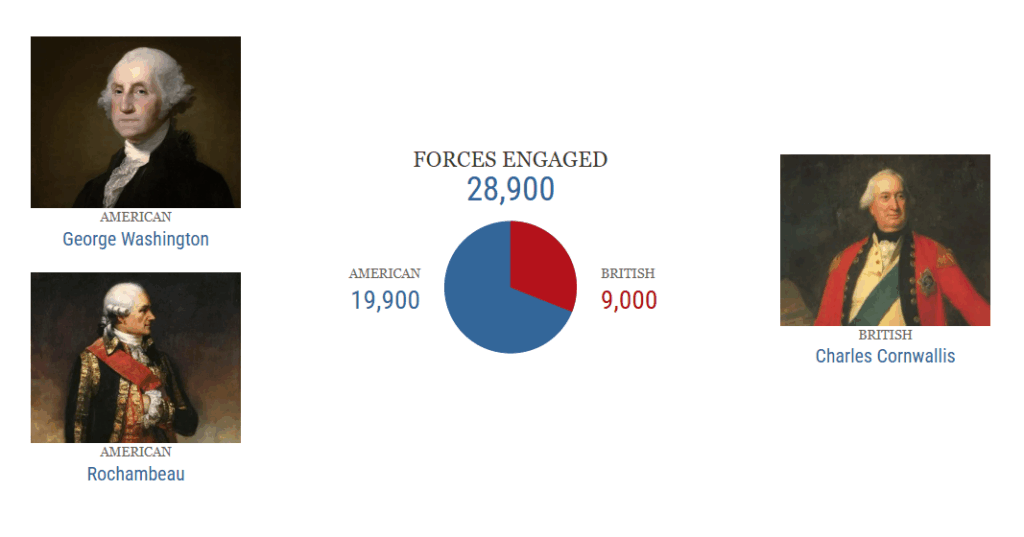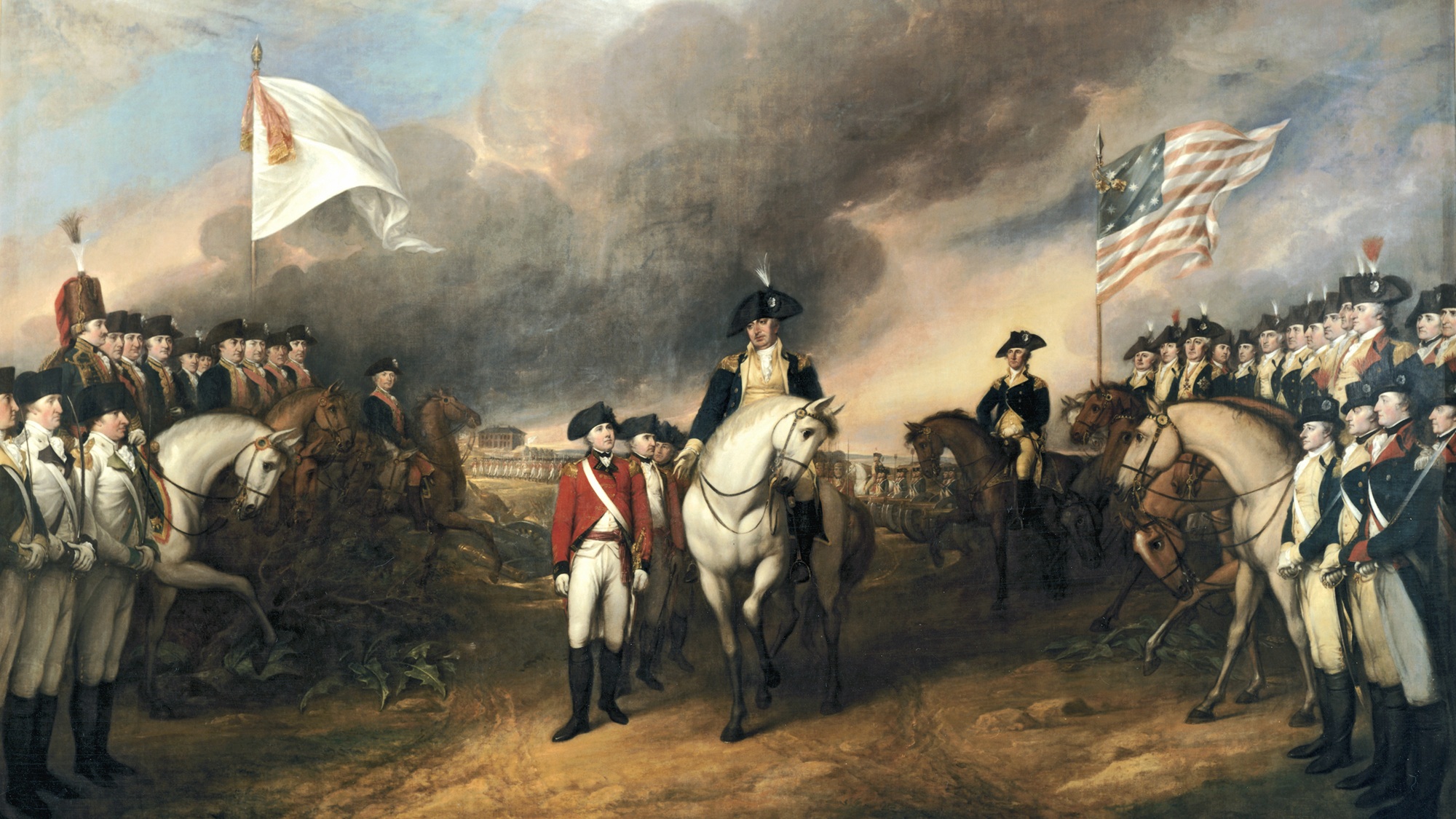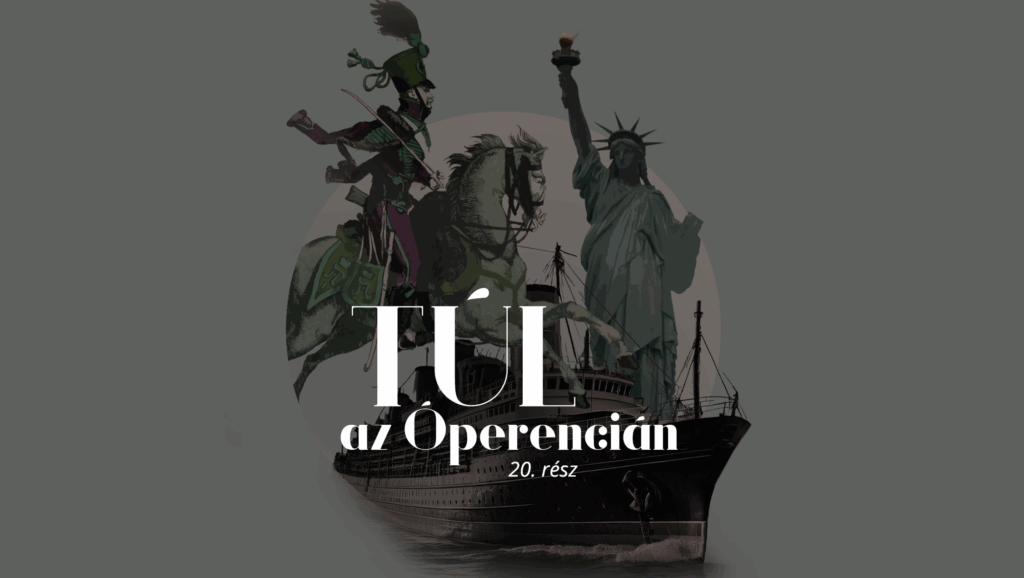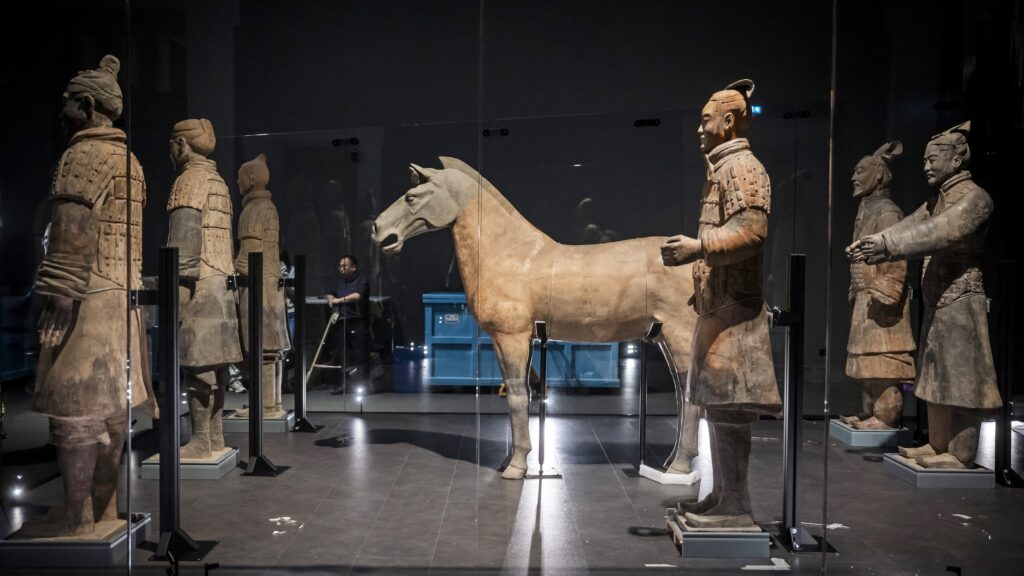1776 is an iconic number for American patriots. It is the year the Continental Congress decided that they no longer wanted to make amends with the British Crown—they wanted to break away and form their own country.
However, 1781 was an even more triumphant year for Americans. The armed conflict started in April 1775 at the Battles of Lexington and Concord—with the aim of reform, not independence—and after more than six years of fighting, it was in October 1781 that the colonists, against all odds, defeated the Royal Forces on the battlefield. In fact, it was on 19 October 1781 that General Cornwallis surrendered at Yorktown, Virginia—exactly 244 years ago today.
By that time, the odds of an American victory did not seem as puny as when the war started. After their crucial win in the Battle of Saratoga in 1777, they were able to convince the French that their independence was not a lost cause. Thus, they were able to secure King Louis XVI of France’s help in early 1778. Most importantly, the French military was willing to give the rebels naval support, which they badly needed.
Also, the British themselves got into yet another war with the French (who were later joined by Spain) in 1778, known as the ‘Bourbon War’, and therefore they were forced to divert resources from defending their North American colonies against the Patriot rebellion.
By 1781, British forces in the American colonies held only limited territory and were growingly undersupplied. General George Washington, together with his French ally Lieutenant General Jean-Baptiste Donatien de Vimeur, Comte de Rochambeau, debated where to strike the British next. Washington initially favoured an assault on British-occupied New York City, New York, but their plans changed when Admiral de Grasse informed them that his powerful French fleet would sail to the Chesapeake Bay. This opened an unexpected opportunity in the South.
They decided to strike Yorktown down in Virginia, Washington’s home state, where General Charles Cornwallis’s army was encamped, awaiting reinforcements from the British fleet in New York. With the French Navy poised to control the Chesapeake, Washington and Rochambeau saw a chance to trap Cornwallis by land and sea.

The assault on Yorktown commenced on 28 September. The British, outnumbered and undersupplied, stood little chance against the incoming American forces. One of the most famous participants in the campaign was Alexander Hamilton, one of the Founding Fathers, then a lieutenant colonel in the Continental Army. Having secured a field command earlier that year, Hamilton played a pivotal role in the decisive night assault on 14 October, leading around 400 light infantrymen in a daring attack on Redoubt No 10. His unit captured the position in fierce hand-to-hand combat, helping to break the British defensive line and paving the way for Cornwallis’s surrender days later.
The British General certainly was not happy about giving up. So much so that he feigned illness to avoid attending the official surrender in front of the American and French officers. He sent his second-in-command, General Charles O’Hara, to lay down their arms on 19 October. In response, General Washington was not willing to ceremonially receive General Cornwallis’ sword from O’Hara; he instead gave that task to his second man, Major General Benjamin Lincoln.
The American victory at Yorktown made supporting the war effort in the Colonies untenable in the British Parliament. Peace negotiations ensued.
Those negotiations came to an end with the Treaty of Paris, signed by the belligerent parties on 3 September 1783. It officially granted the Americans their much-desired and hard-fought independence.
Read next:







